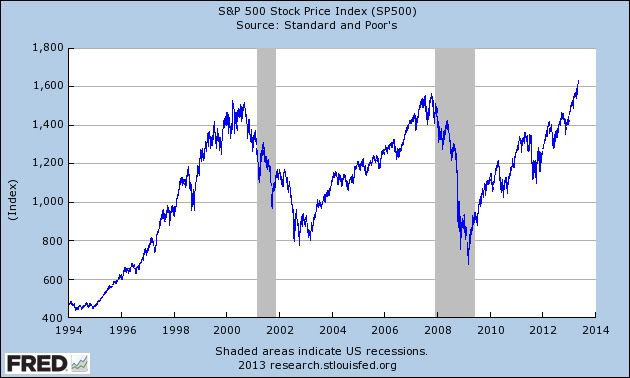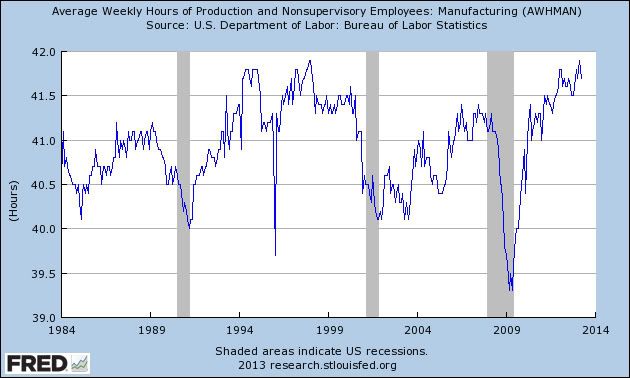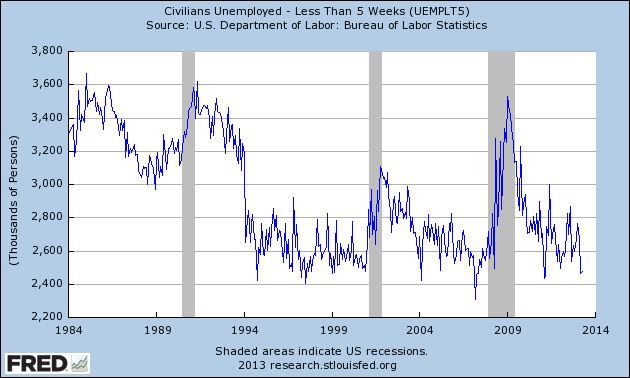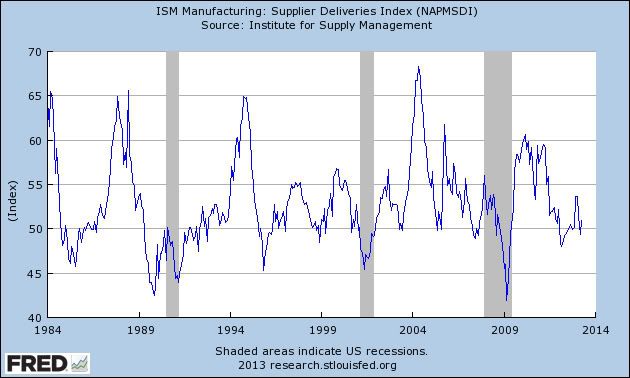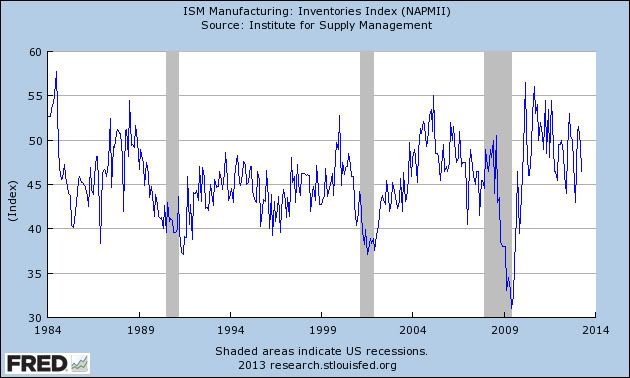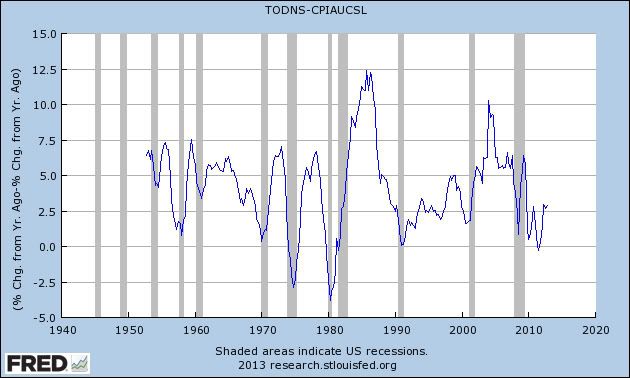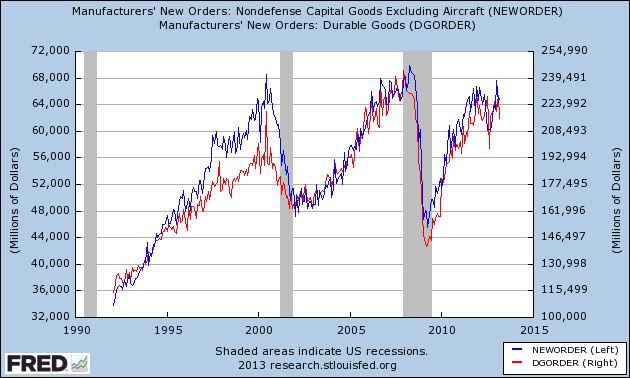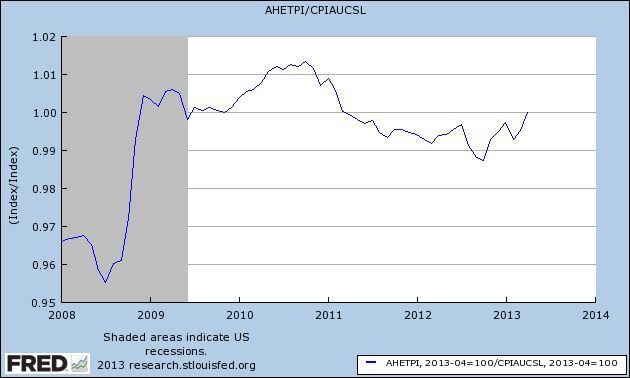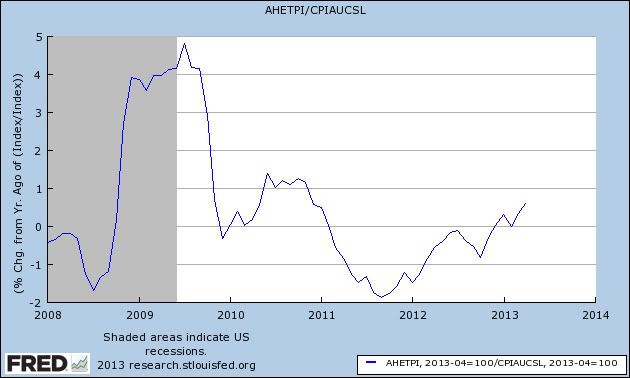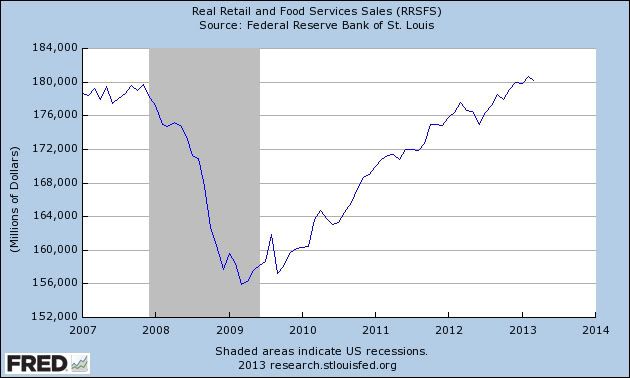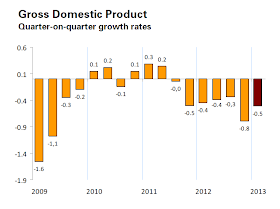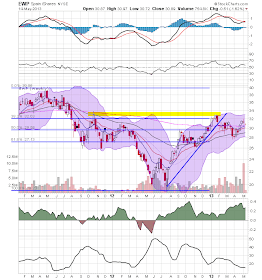- by New Deal democrat
April monthly data reported this past week included significant declines in industrial production and capacity utilization, declines in several regional manufacturing indexes, and a big decline in both monthly consumer and producer prices. due mainly to declining gas prices. Retail sales were positive. Michigan consumer sentiment, mainly as to present conditions, reached a multiyear high, while future expectations remained in the basement. Due mainly to soaring building permits, the April LEI rose 0.6. Housing starts had a big decline.
Let's start our look at the high frequency weekly indicators again with transport:
Transport
Railroad transport from the AAR
- +0.6% carloads YoY
- +0.5% carloads ex-coal
- +3.9% intermodal units
- +2.1% YoY total loads
- Harpex up 1 to 398
- Baltic Dry Index down 43 to 841
Consumer spending
- ICSC -2.0% w/w +1.2% YoY
- Johnson Redbook +2.8% YoY
- Gallup daily consumer spending 14 day average at $91 up $20 YoY
Employment metrics
Initial jobless claims
- 360,000 up 37,000
- 4 week average 339,750 down 3,000
- 93 unchanged w/w, down -0.1% YoY
Housing metrics
Housing prices
- YoY this week +6.8%
Real estate loans, from the FRB H8 report:
- down 18 or -0.5% w/w
- up 7 or +0.2% YoY
- +2.1% from its bottom
Mortgage applications from the Mortgage Bankers Association:
- -4% w/w purchase applications
- +10% YoY purchase applications
- -8% w/w refinance applications
Interest rates and credit spreads
- 4.65% BAA corporate bonds up +0.13%
- 1.70% 10 year treasury bonds up +0.13%
- 2.82% credit spread between corporates and treasuries unchanged
Money supply
M1
- -2.3% w/w
- +2.5% m/m
- +11.9% YoY Real M1
M2
- unchanged w/w
- +0.2% m/m
- +5.8% YoY Real M2
Oil prices and usage
- Oil $96.02 down -$0.02 w/w
- Gas $3.60 up +$0.06 w/w
- Usage 4 week average YoY -3.1%
Bank lending rates
- 0.24 TED spread down -.01 w/w
- 0.2000 LIBOR unchanged w/w
JoC ECRI Commodity prices
- down -0.75 to 124.83 w/w
- +3.81 YoY
Positives included house prices, and YoY purchase mortgage applications. Money supply was positive. Overnight bank rates are somnolent. Consumer spending as mesured by same store sales were mixed, with two strong positives and one very week reading. Rail traffic had a decently positive week in over a month.
Negatives included commodities, real estate loans, mortgage applications, and the Baltic Dry Index, but these were all minor. The only real negative was the spike in initial jobless claims, which may or may not portend anything.
All in all, Meh. Have a nice weekend.
